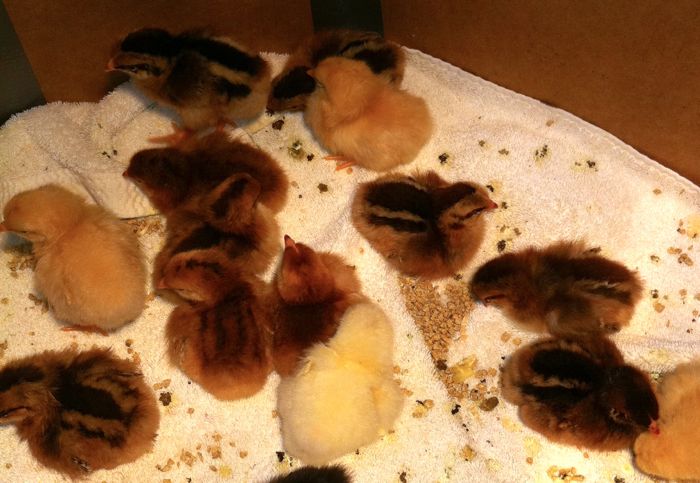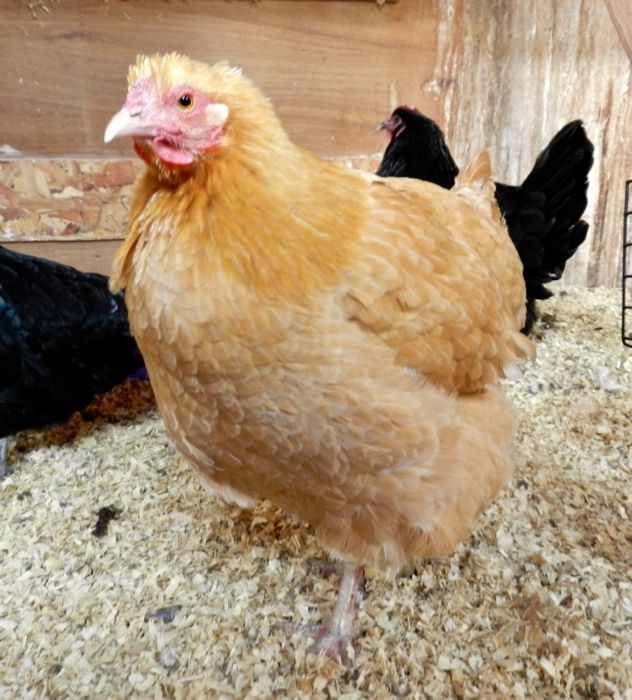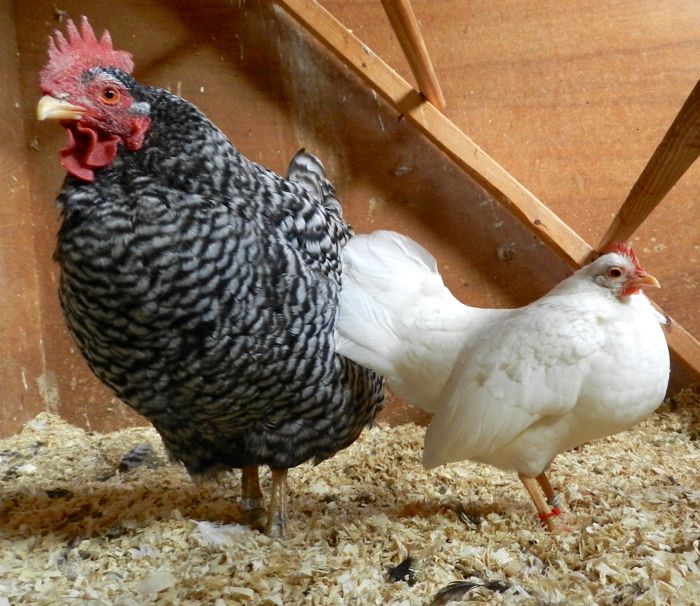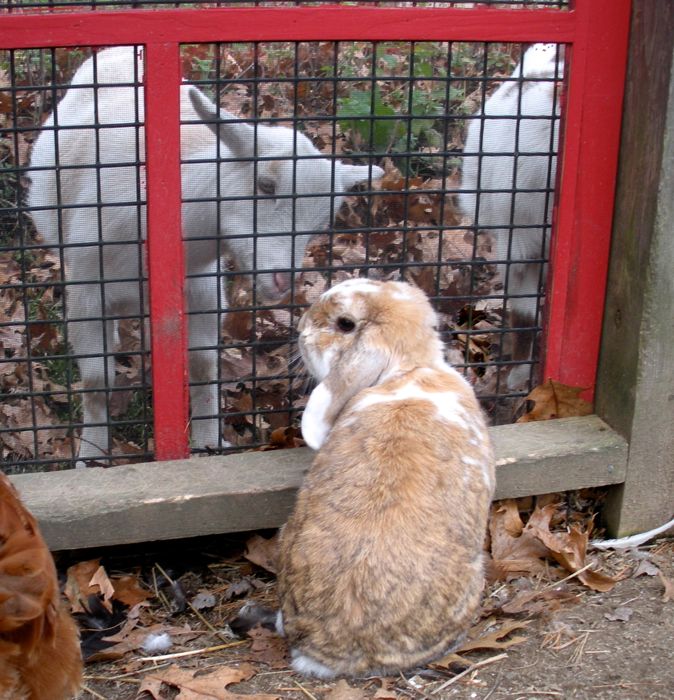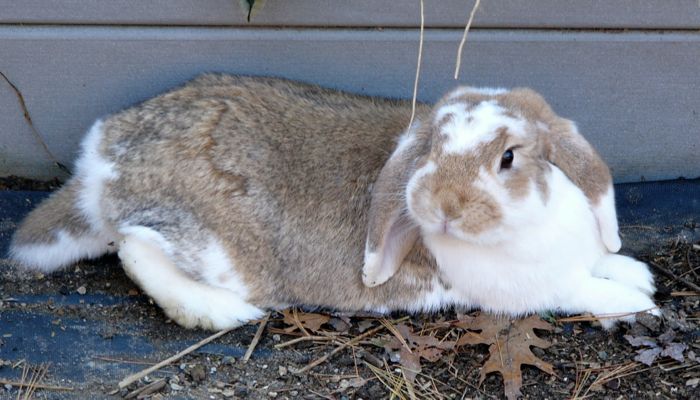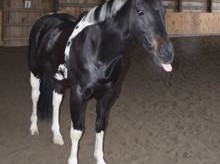If you have a small flock, say three or five, or seven hens, at some point you’re going to want to add another chicken. Just one or two. For a few more eggs, perhaps, or maybe you went to a poultry show and couldn’t resist a pretty grey chicken. Or, maybe you’re satisfied with your flock, but someone calls and says that a fox got all of their hens, but one, and now she needs a new home. So you welcome her. We’ve all done this. I’ve done this. Buffy came to me because an aggressor in her flock aimed to kill her. I took in Tina and Siouxsie when they were a year old.
Taking in a mature hen is a huge risk. Huge. It’s one that I no longer take. Even the healthiest-looking hen, from a known flock, can bring disease onto your property.
There are precautions that you can take. You can do an external examination to look for parasites such as lice and scaly leg mites. You can check for signs of health, like clear eyes and colorful combs. You can go a step further and isolate the new stock for 10 days to see if they develop any signs of disease. But, that still won’t be enough. Perfectly healthy looking hens can be carriers. I once bought a Rhode Island Red pullet from a known breeder. She was hale, hearty, glossy and vibrant. Within a week every bird in my flock came down with a severe respiratory disease. They required medication. The Rhode Island Red never took a raspy breath.
Hens can be carriers of many diseases and you’ll never know it. They’ll look fine. But, when a chicken is stressed (and joining a new flock is very stressful) what had been a latent virus will shed, and hens that had previously not been exposed to that pathogen, will get sick.
I recently talked with a woman who had four laying hens. She went to a local poultry dealer and bought two more. Within days her older hens’ heads were covered with lesions; they had gotten fowl pox from the newcomers. The new hens never showed symptoms.
Perhaps you have successfully integrated hens into your flock and you are saying to yourself, “I’ve done this, and it’s a small risk.” I used to say that, too. But, not long ago I talked to a woman who had the worst experience. She had four chickens who were getting older, and she wanted a few more. She went to a local farm and bought 3 hens, including the prettiest Favorelles. She did everything right. She kept them in isolation, and when she added them to the flock all was peaceful. But, not long after that, her original hens got very, very sick. The Favorelles were carriers of a horrible disease called Infectious Laryngitis. It’s telltale sign is coughed up blood. She lost her entire flock.
The least risky way to add to a flock is to bring in chicks. This is what I’ll do this spring. I can, because I have the space, time and ability to raise them. They’ll arrive vaccinated for Marek’s disease and coccidiosis. They’ll be gradually exposed to the barnyard environment and so will develop natural immunity to whatever infectious agents are floating around in the dust and are harbored in the dirt.
I realize that raising chicks isn’t possible for everyone. If you’re limited by zoning to only three hens, and you’re down to just one, of course you’ll want to bring in two new pullets. I would. You might luck out. You might get a Buffy, who lives to a great old age. But, plan for the worse. Be hyper-alert for signs of illness. Caught early enough and treated aggressively, many diseases aren’t lethal. My flock is proof of that.
What are your experiences with bringing adult hens into your flock? Have you had problems with disease?
